Longmorn - Distillery
Slàinte Mhaith!
Yay! It’s Scotch whisky time and you are Drinking with Chu!
Longmorn
From being one of the most traditional craft distilleries in the world to becoming a one-person automated factory – how did the world-renowned Longmorn distillery transform and why did this happen?
Today we’re talking about one of the most well-known, traditional single malt distilleries, frequently labelled as an essential key-malt for blenders, while also in demand for its high-quality single malt bottling. It’s one of my favourites, producing a buttery and fruity whisky - the one and the only Longmorn distillery.
Disclaimer: beyond this point, there’s going to be a fair bit of technical vocabulary and information – brace yourself!
Dusty selfie with a Rusty sign.
Brief History and Key Ownership
Longmorn distillery is located in Elgin, Moray, Scotland, famously known as the Speyside region.
John Duff and his business partner started construction for Longmorn in 1893, with their first malt production beginning in 1894.
The former ex-manager of Glendronach distillery, John Duff also built the Glenlossie distillery. He travelled worldwide, including South America and the United States, chasing his distillation dream.
By early 1892, John arrived in Scotland and began planning to build another distillery site. And so John built the world-renowned Longmorn (also the Benriach and Glenlossie distilleries! I highly recommend trying all these three malts – delicious!)
At the time, there was a bubble economy involved in Scotch Whisky production, later known as the ‘1900s Whisky Boom’ (a whole other story in itself that deserves its own article).
Unfortunately, John had misread the industry’s future and in 1898 decided to buy out his business partners and invest in building another distillery, Benriach, (Aka Longmorn #2). Once the bubble burst, John, unfortunately, declared bankruptcy and sold his two distilleries.
Luckily, however, Longmorn has continued its malt whisky production and in 1970, it as well as Benriach, along with Glenlivet and Glen Grant distillery merged to become Glenlivet Distillers Ltd. Then, in 1978, the company was bought by Canadian business giant - Seagram. Seagram is currently owned by Pernod Ricard, under the umbrella of Chivas Brothers Ltd.
Ah-ha, I know history is always a tricky part of reading, but it gives excellent context to understand the deeper story and character of the malt. So now you’re up to speed, let's get into the distillery itself!
Distillery Profile
For me, the classic tasting profile of Longmorn single malt is fruity (stonefruit, guava), buttery and has a medium-heavy body. A rich honey aroma appears from the process of maturation in bourbon casks.
Also, don't forget their well-matured sherry seasoned cask, where you can expect the rich tasting notes of date, prune and all the dark fruits you can think of.
Like most other Speyside distilleries, Longmorn began its journey with a lot of traditional craftsmanship, however, here's a handful of reasons that make this distillery truly unique:
From 1900-to 1965 they used floor-malted barley at the Benriach site (this practice was discontinued in 1970).
A direct coal fire was used for heating, creating a heavier body for the distillate. The distillery began converting to steam heating in 1970 (spirit stills) and completely converted all stills in 1994.
Their onion-shaped still designs generate less reflux and hence, a richer and oilier texture of distillate.
Fast forward to the 2000s and due to higher demand and the unpredictable nature of the whisky market, the company decided to modernise the site, inputting a better and more consistent production system, including mostly computer-controlled and Clean-in-place (CIP) systems.
Summary
Personally, I don’t object to using computers and technology in a whisky distillery, if it’s to improve financial and work-safe issues. However, it's a shame we must give up traditional crafts, such as floor-malting and direct fire, both critical components for creating decent distillate.
Regardless, the Longmorn distillery is still producing some finest single malt whisky on the market and definitely falls in my top 10 distilleries in Scotland.
This article is for you Hans! Mr Longmorn, thanks for sharing all the stories and good drams!
So, why wait? Go try some Longmorn now!
Longmorn Distillery Specs (up until 2021)
Distillery Name: Longmorn
Founded: 1893
Established by: John Duff
Location: Elgin, Speyside
Annual Production: 4500M RLA
Barley: Unpeated.
In-house malting: Floor malted until 1970
Mash tun: 8.5T, Full-Lauter
Washback: 10 Stainless Steel, 39000L each
Yeast: Kerry
Fermentation: 50 Hours
Wash Distillation: 4 Medium 17000L - Onion Shaped
Spirit Distillation: 4 Medium 15000L - Onion Shaped
Direct Fired stills: Until 1970 (Spirit) - 1994 (ALL)
Swan Neck: 15° Downward
Condenser: Shell and tubes (Outdoor)
Gaelic: Lann Morgan = "St. Morgon's Church."
Water Source: Local Elgin Springs.
Key Amendment:
1972: 4 > 6 Stills, 1974: 6 > 8 Stills.
2012: Site modernised with new Mash tun and washbacks.
SMWS Coding: 7.
Key Blend: "Something Special", "Chiva's Regal", "Royal Salute"
Thank you for reading again! NOW let me know what’s your favourite LONGMORN release!



